Analysis: Trump's first 100 days offer blueprint for future presidents to evade Congress
Published in Political News
WASHINGTON — As he marks the first 100 days of his second term, President Donald Trump and his team have taken an unprecedented approach on using executive power to craft and alter federal policy — essentially concocting a roadmap for future administrations to orchestrate end-runs around Congress.
And by exploiting a Republican-controlled legislative branch’s disinterest in and unwillingness to enforce its authority, the 47th president has set precedents that future chief executives could use to yank even more power from Congress.
That would be especially true, as is the case now, when a president’s party controls both chambers of Congress. From moves such as instituting tariffs, attempting to scuttle multiple federal agencies, refusing to spend congressionally appropriated funds and arresting a Wisconsin judge who objected to his administration’s immigration policies, Trump 2.0 has been rewriting the rules that long policed the intersection of the White House and Congress.
But Trump has rejected claims by Democrats and legal experts that his actions have amounted to a power grab, saying he’s been acting within the legal bounds of the executive office of the president.
“I don’t feel I’m expanding it. I think I’m using it as it was meant to be used. I feel that we’ve had a very successful presidency in 100 days,” he told Time magazine in an interview last week, suggesting he has pushed his executive authorities because of the issues he inherited: “We’re resetting a table.”
Asked by Time if he was consolidating power in the Oval Office, Trump replied: “I don’t think so. I think I’m using it properly, and I’m also using it as per my election. You know, everything that I’m doing — this is what I talked about doing.”
Only that Trump did not, as a candidate, propose such a wide-ranging effort to fire federal employees and shutter agencies. Nor did his campaign rhetoric match the level and scope of his reciprocal tariffs and his early-term efforts to take on federal courts and punish foes. Notably, Trump’s job approval ratings in most polls are underwater.
“The president has been openly defying Congress’ intention” on a number of matters, said one legal official, a former congressional counsel who has been involved in litigation over some of the Trump administration’s early moves. “When you compare Trump 2 to Trump 1, this one has been much more aggressive and what they’re doing and trying to do has been much more thought out.”
The president and members of his team have contended that they will follow court rulings, including from the Supreme Court, and adhere to existing laws. “They’ve said they will continue to carry out and follow congressionally necessitated functions,” said the legal official, granted anonymity to be candid. “But in reality, it’s been pretty clear that they just aren’t doing that, in many cases.”
Michael Gerhardt, a professor at the University of North Carolina School of Law, said in a recent interview that “if Congress enacted something in a bill, and a president signed it into law, the sitting president would be legally obligated to respect and follow that law.”
“What this administration has been doing is legally confounding. Republicans control Congress, so people have been (asking): ‘Why not just work with Congress to do all these things?” he said. “There’s a clear constitutional process for working with Congress.”
Peter Harrell of the Carnegie Endowment for International Peace recently contended that Trump’s tariffs program could be “illegal.”
“Congress cannot possibly have intended to delegate sweeping tariff authority to be turned on and off based on which POTUS aide gets into the oval at the right time,” he wrote on social media.
But Trump and his top White House aides have made clear they do not intend to take their collective foot off the gas pedal. And the GOP-controlled Congress has shown no interest in attempting to slow him down, with one legal organization concluding a Trump brake pedal would need to be congressionally created.
“Congress must reassert its authority. Efforts to curtail executive overreach … have been initiated but remain insufficient,” the Pacific Legal Foundation said in a statement. “Until Congress acts, presidents will continue to stretch their authority beyond constitutional limits.”
‘Messy question’
At issue, in part, is the so-called major questions doctrine, which the Congressional Research Service has described this way: “In a number of decisions, the Supreme Court has declared that if an agency seeks to decide an issue of major national significance, its action must be supported by clear congressional authorization.”
Georgetown University law professor Steve Vladeck recently penned an analysis showing a murky legal path for challenges to Trump’s tariffs authority.
The two most likely legal arguments against Trump’s interpretation of those powers would be “that the statute on which they’re supposedly predicated, the International Economic Emergency Powers Act, is an unconstitutional delegation of power to the President; and that, at the very least, IEEPA is an insufficiently clear delegation of such power to overcome the so-called major questions doctrine,” Vladeck wrote.
“It’s not obvious that the tariffs can be challenged on their face, since the Trump administration has imposed different tariffs on different countries,” he wrote. “Thus, even if the cases challenging the tariffs succeed, there’s a messy question about whether we’ll have to see one-country-at-a-time litigation, or whether there’s a universe in which a court would be in a position to hold that the entire scheme … is unauthorized by IEEPA.”
White House press secretary Karoline Leavitt on Jan. 29 offered a glimpse behind the White House’s legal curtain when a reporter asked: “How is the administration deciding which laws to follow and which ones to ignore?”
“So, it is the belief of this White House and the White House counsel’s office that the president was within his executive authority to do that. He is the executive of the executive branch, and, therefore, he has the power to fire anyone within the executive branch that he wishes to,” Leavitt said.
She pointed to a 2020 Supreme Court case, Seila Law LLC vs. Consumer Financial Protection Bureau: “That’s the legality that this White House has rested on.”
In that case, the high court, in a 5-4 decision, found that the bureau’s “leadership structure violates the separation of powers,” noted the progressive Constitutional Accountability Center. The court ruled that its previous decisions “approving the independence of regulatory commissions represented an ‘exception’ to a constitutional rule under which the president has ‘unrestricted’ power to fire federal officers at will,” the center said, but a majority of justices declined to extend that exception to the CFPB.
‘Evade the law’
On closing federal entities, presidents once were covered by statute to reorganize and even outright dissolve federal departments. But that power, dubbed the Presidential Reorganization Authority, expired in 1984.
Previous chief executives have opted against attempting to abolish federal departments and agencies on their own. For instance, President Ronald Reagan moved to take down the Interstate Commerce Commission in the 1980s but did not simply sign an executive action and hope for the best.
Rather, his administration sent a detailed legislative proposal to Congress. Lawmakers never took up that measure — but talks about how to unravel the agency continued for years after.
“In late 1995, President Clinton and the 104th Congress came to a bipartisan agreement to abolish the ICC,” reads a January 2024 CRS report. “The groundwork for consensus had been laid in prior decades by marked changes in views about government regulation and economic growth generally. … In addition, the political context of the 103rd and 104th Congresses provided a window of opportunity for legislative action.”
“The Clinton Administration, which initially opposed abolishment during the 103rd Congress, had, by the beginning of the 104th Congress, reframed it as part of its initiative of reinventing government,” CRS wrote of the 42nd president’s successful push to abolish the commission.
On terminating departments and agencies, even some conservative analysts have said that a president would need Congress’ blessing to undertake such an action.
“The President may be able to accomplish some reorganization goals through particular statutory delegations of authority, executive orders, department memos, management policies, and other devices, but to accomplish major reorganization objectives, he will need explicit statutory authority from Congress,” reads a 2017 report from the right-leaning Heritage Foundation.
After first moving to completely unravel some federal entities, the Trump administration has since shifted to a strategy of merely drawing them down to skeleton staffs to perform only functions required by statutes written by lawmakers.
Collectively, Trump’s early second-term actions amount to “throwing spaghetti at the wall and seeing what, legally, might stick,” the legal official said. What sticks would amount to a map his successor could use to snatch more authority from Congress.
“The president is hoping, through a flurry of activity, that he can evade the law,” the official added. “What we’ve seen, so far, is a stress test of the U.S. Constitution.”
Should enough court rulings, especially ones from the highest bench in the land, go in Trump’s favor — or if his administration simply refuses to abide by court decisions and orders — UNC Law’s Gerhardt said the system would fail that test.
“It could simply be that Trump wants to ensure the presidency becomes a dictatorship,” he said, rather than the top office “in a ‘little d’ democracy.”
_____
©2025 CQ-Roll Call, Inc., All Rights Reserved. Visit cqrollcall.com. Distributed by Tribune Content Agency, LLC.
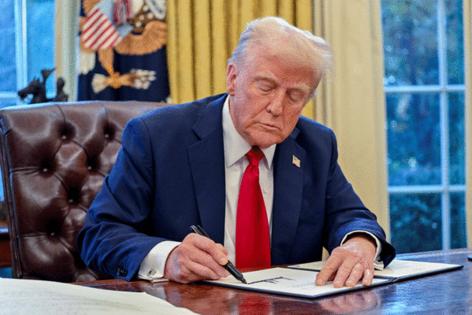


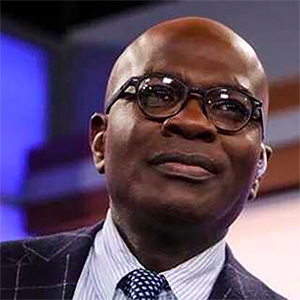



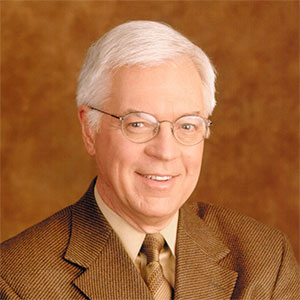

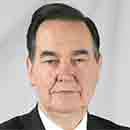

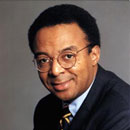











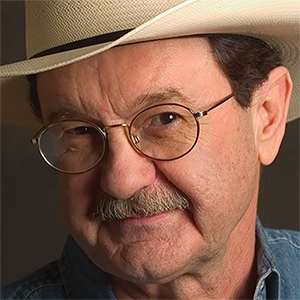



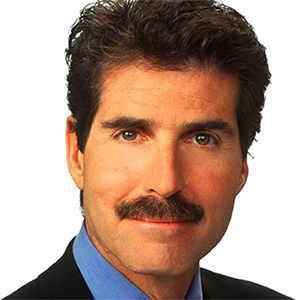
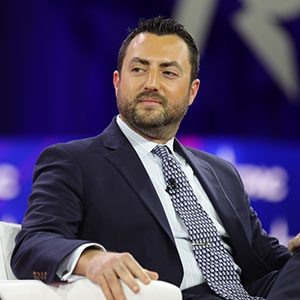
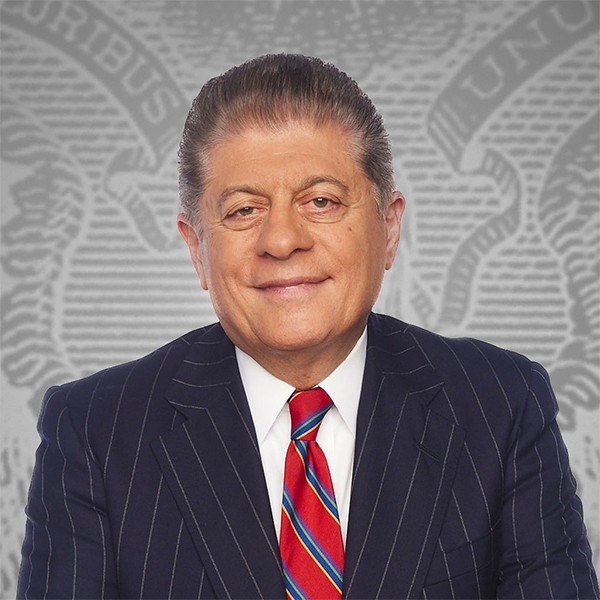


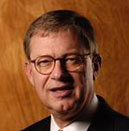
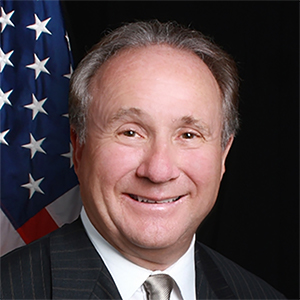

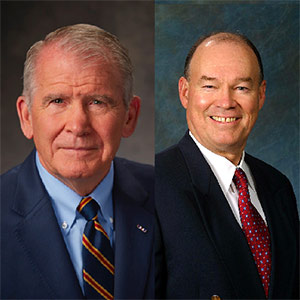



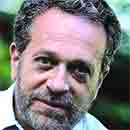
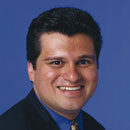







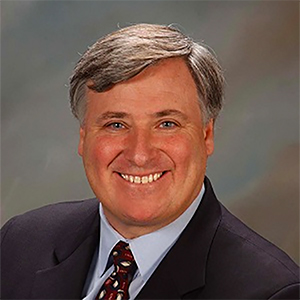




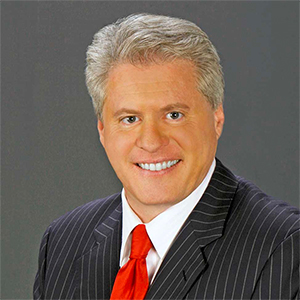

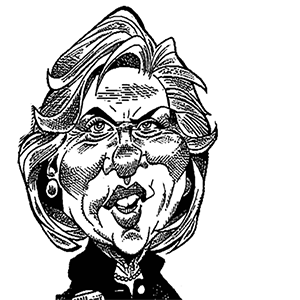
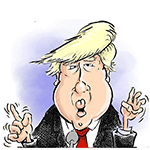

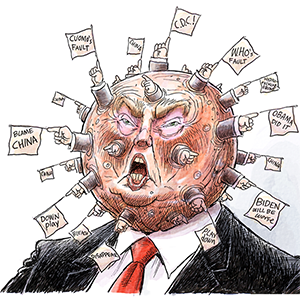
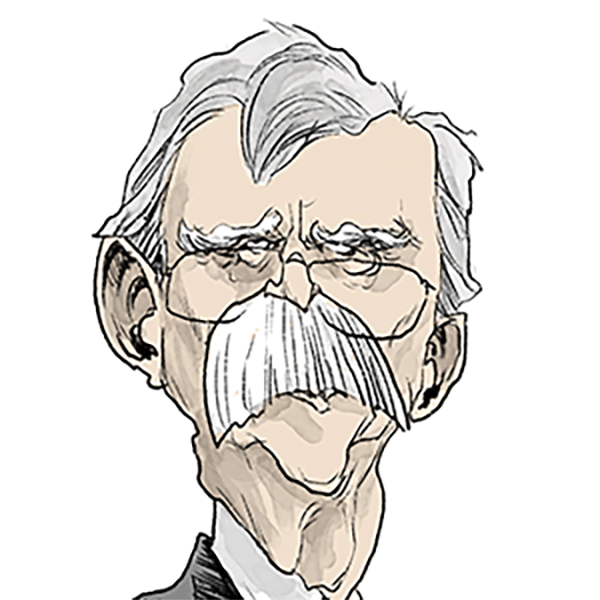
Comments